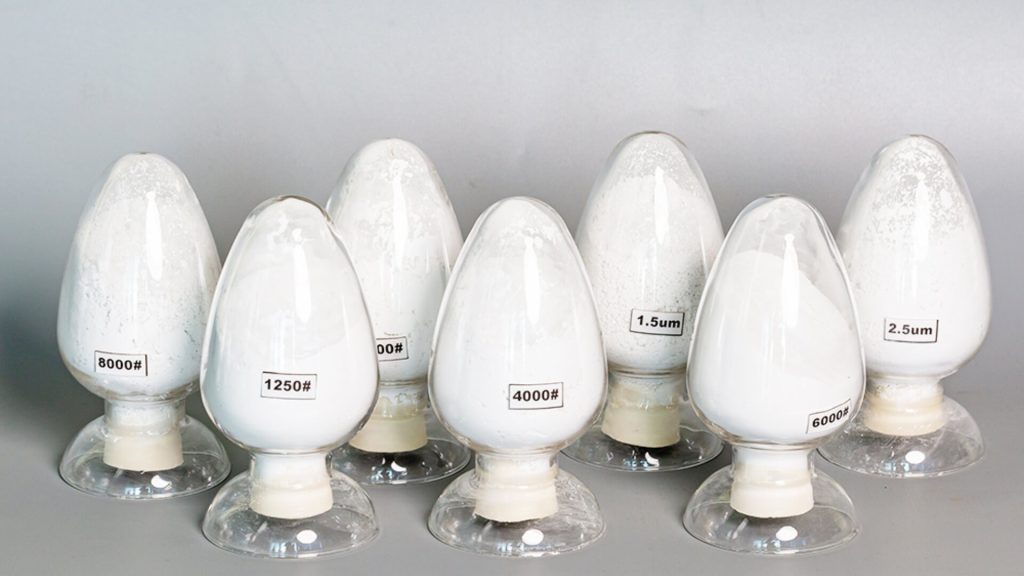 Application and Prospect of Sandblasting White Corundum in Manufacturing
Application and Prospect of Sandblasting White Corundum in Manufacturing
Against the background of rapid development of modern manufacturing industry, material science and engineering technology have made continuous breakthroughs. Among them, sandblasting white corundum, as an important industrial material, plays an irreplaceable role in many fields of manufacturing industry with its excellent physical and chemical properties. This paper will systematically explore the characteristics, production process, application status and future development trend of sandblasting white corundum.
1. Basic characteristics of sandblasting white corundum
White corundum (α-Al₂O₃) is a high-purity aluminum oxide crystal with an aluminum oxide content of more than 99%. Sandblasting white corundum processed by special technology shows excellent performance characteristics in many aspects:
First, sandblasting white corundum has extremely high hardness, with a Mohs hardness of up to 9, second only to diamond. This property makes it an ideal grinding and polishing material. Secondly, it has good chemical stability, can resist corrosion from most acids and alkalis, and can maintain stable performance in harsh environments. In addition, the edges of sandblasting white corundum particles are sharp and have a polyhedral structure, which enables it to produce an ideal micro-cutting effect during surface treatment.
2. Production process of sandblasted white corundum
The production process of sandblasted white corundum mainly includes the following key links:
The raw material selection stage mainly uses high-purity bauxite or industrial alumina as the starting raw material. These raw materials are strictly screened to ensure that the impurity content is controlled at the lowest level. In the smelting stage, the raw materials are melted in an electric arc furnace at a high temperature of more than 2000°C, a process that usually takes several hours. The molten raw materials are then slowly cooled to form blocky corundum crystals.
The crushing and grading processes are crucial to the performance of the final product. The large pieces of corundum are first coarsely crushed by a jaw crusher, then enter a cone crusher for medium crushing, and finally finely crushed to the required particle size by a roller mill. The grading process uses airflow classification or screening technology to ensure that the particle size distribution meets the requirements of specific applications.
Surface treatment is a key step in the manufacture of sandblasted white corundum. Modifying the surface of the particles through special processes can significantly improve their cutting performance and durability.
In the future, the sandblasted
white corundum industry needs to continue to make efforts in three aspects: technological innovation, application expansion and green development. By developing new products, exploring emerging markets and optimizing production processes, sandblasting white corundum will provide strong support for the transformation and upgrading of the manufacturing industry and demonstrate greater value in the era of high-quality manufacturing.
